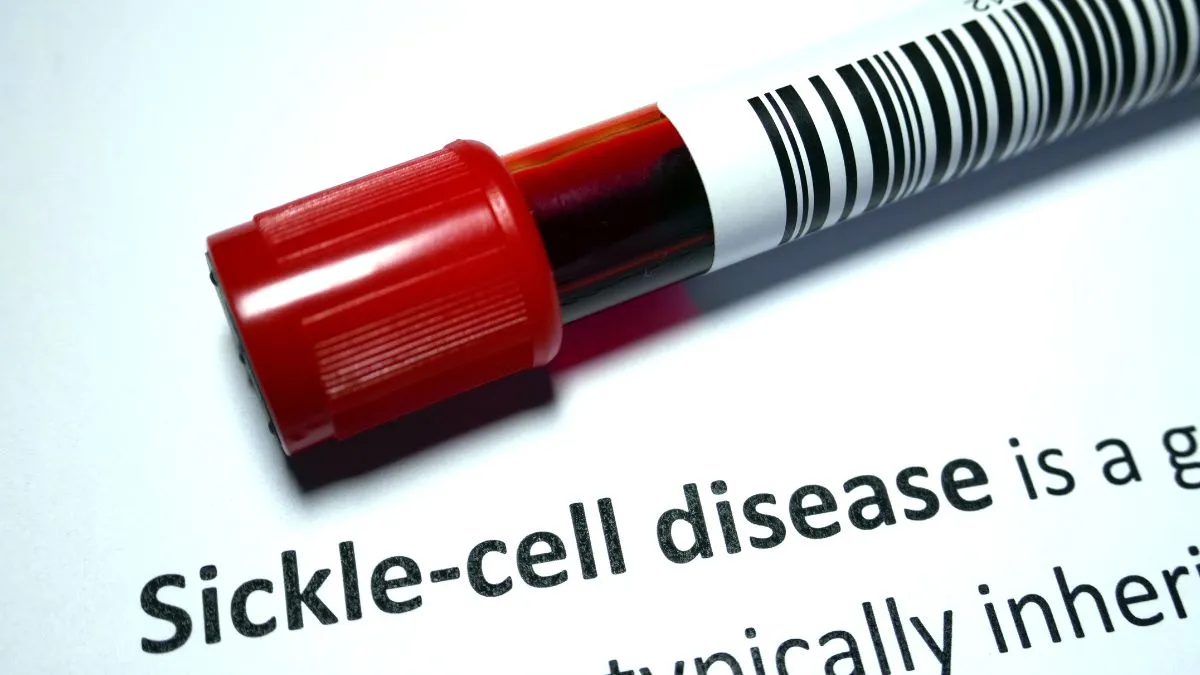- By Bornika Das
- Wed, 18 Jun 2025 08:13 PM (IST)
- Source:JND
Sickle Cell Disease (SCD) is more than just a medical condition, it is a chronic, often invisible struggle that affects millions of people worldwide, particularly in marginalised communities. In India, where an estimated 20 million people carry the sickle cell gene, the disease continues to receive limited attention in national health discourse. Despite its significant impact on quality of life, education, and economic productivity, SCD is frequently overlooked in both public policy and public empathy. The need for timely diagnosis, accessible treatment, and long-term care remains urgent. Yet, stigma, lack of awareness, and systemic gaps in healthcare delivery make this a crisis hidden in plain sight.
For those working closely with tribal and underserved populations, the time has come to prioritise SCD not just medically, but socially and politically. A compassionate approach—one that goes beyond clinical management to address the lived experiences of patients, is essential. This means crafting inclusive policies, expanding research funding, and launching awareness campaigns that humanise the condition rather than isolate it. In conversation with The Daily Jagran, Dr. A. Goutham Rao, Oncologist at Apollo Hospitals, Hyderguda, Hyderabad, sheds light on the realities of SCD, it seeks to illuminating the pressing need for both policy reforms and a cultural shift toward empathy and support for those living with the disease.
Sickle Cell Disease is caused by a mutation in the haemoglobin gene, leading red blood cells to assume a rigid, sickle-like shape. These cells block blood flow, causing severe pain episodes known as vaso-occlusive crises, organ damage, stroke, and increased risk of infections. It is a lifelong condition with no universal cure, and yet the burden it places on patients and families is met too often with silence and stigma.
In many parts of the world, particularly in low- and middle-income countries, people living with SCD face delayed diagnoses, poor access to specialised care and a lack of awareness even among healthcare providers. In rural and underserved regions, myths and misinformation often overshadow science, resulting in discrimination and social isolation for those affected.
What makes SCD even more challenging is its invisibility. Unlike more visibly apparent diseases, its symptoms - excruciating pain, fatigue, and frequent hospitalisation - are often internal. This “unseen pain” leads to judgment, disbelief, and a lack of empathy, even from within communities. Children miss school. Adults struggle to maintain jobs. And through it all, there’s the emotional toll of living with a chronic illness that few truly understand.
-1750257611570.jpg)
Address Sickle Cell Disease By Prioritising Policy And Compassion (Image Credits: Canva)
To address Sickle Cell Disease meaningfully, poeple must prioritise both policy and compassion.
Dr. A. Goutham Rao states, “On the policy front, early screening programs—particularly for newborns—are critical. Access to preventive care such as vaccinations, antibiotics, and hydroxyurea must be expanded.” Investment in research and clinical trials for more effective treatments, including gene therapies, is urgently needed. “But policies must also go beyond the medical model. Patients need access to mental health support, educational accommodations, and workplace protections that reflect the realities of their condition,” he adds.
Dr. A. Goutham Rao also says, “Equally important is fostering compassion in society. Schools must be educated to support children with SCD without judgment. Employers should understand the episodic nature of the disease and create flexible work environments. Media and public discourse must work to normalise conversations around chronic pain and disability.”
ALSO READ: Know From Expert About The Challenges For Women With Sickle Cell Disease Happens During Pregnancy
Change begins when we listen to those who live with the disease—when their stories are amplified, their challenges acknowledged, and their voices centred in decision-making. It begins with humanising the condition and recognising that behind each case statistic is a person navigating pain, uncertainty, and resilience.
Sickle Cell Disease is not rare. What’s rare is the attention it receives. We have the knowledge. We have the tools. What we need now is the will—political, social, and collective—to ensure that people living with SCD are seen, supported, and empowered. Their pain may be invisible, but our response to it must be bold and visible.

